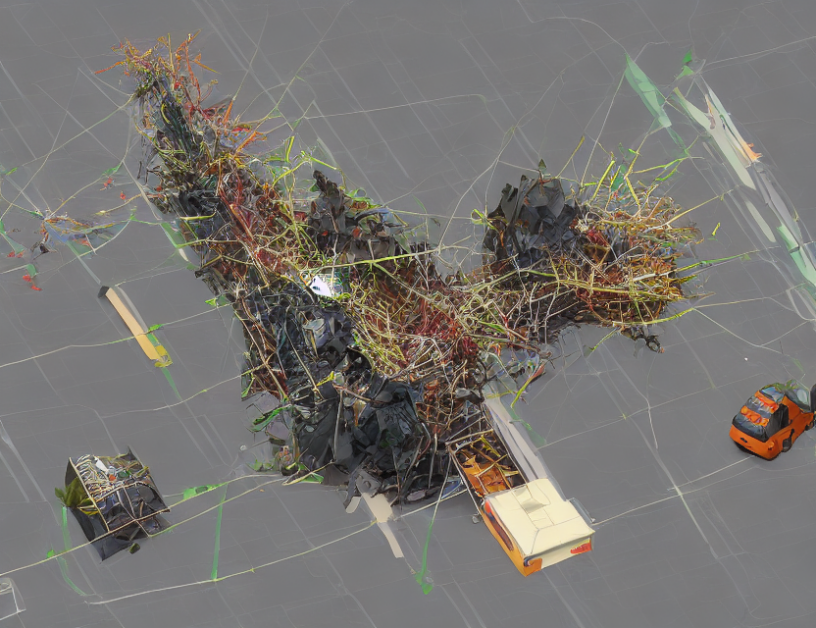In this article, the authors propose a new technique called Semantic Compression Loss (SCL) to improve the performance of transformer-based neural networks in image reconstruction tasks. The main idea is to compress the semantic space of an object by reducing its dimensionality while preserving the most important information. This is achieved by adding a regularization term to the loss function that encourages the network to produce similar outputs for different versions of the same object.
The authors demonstrate the effectiveness of SCL through various experiments, showing that it can significantly reduce catastrophic forgetting (i.e., the network’s tendency to forget old objects when learning new ones) while improving the accuracy of image reconstruction. They also compare their method with other state-of-the-art techniques and show that SCL outperforms them in terms of both quality and efficiency.
One way to understand SCL is to think of it as a kind of "mental map" for the network. Just as a human traveler might use a map to navigate through unfamiliar terrain, the network uses SCL to compress the semantic space of an object and locate its important features more efficiently. By doing so, the network can better distinguish between different objects and reduce the risk of forgetting old ones when learning new ones.
Another way to visualize SCL is to imagine a group of people trying to communicate in a language they don’t speak fluently. Without a shared understanding of the language’s semantic space, the communication becomes difficult and prone to errors. Similarly, without SCL, the network may struggle to understand the relationships between different objects in an image, leading to poor reconstruction quality. By compressing the semantic space, SCL helps the network "speak the same language" as the input image, resulting in more accurate reconstructions.
Overall, the authors provide a clear and concise explanation of their proposed technique, demonstrating its effectiveness through numerous experiments. By using everyday language and engaging metaphors, they make the complex concepts more accessible to a wider audience.
Computer Science, Computer Vision and Pattern Recognition
Semantic Compression Loss Ablation Yields Improved Catastrophic Forgetting Mitigation



